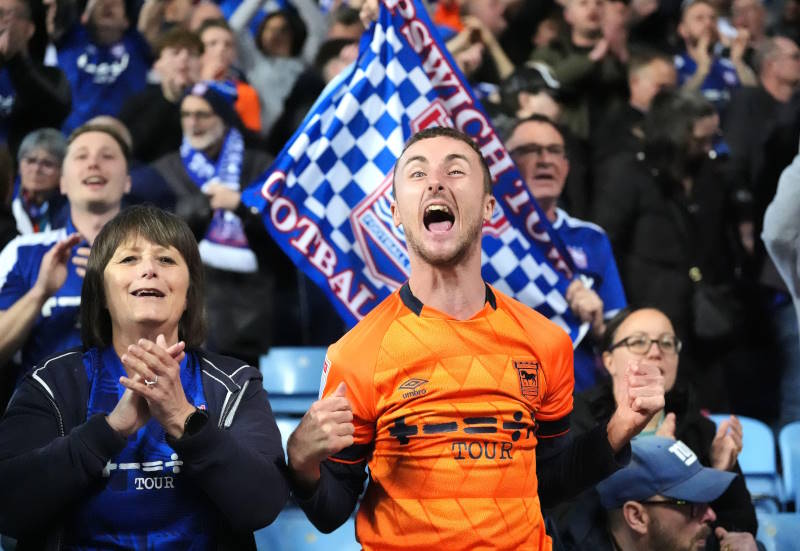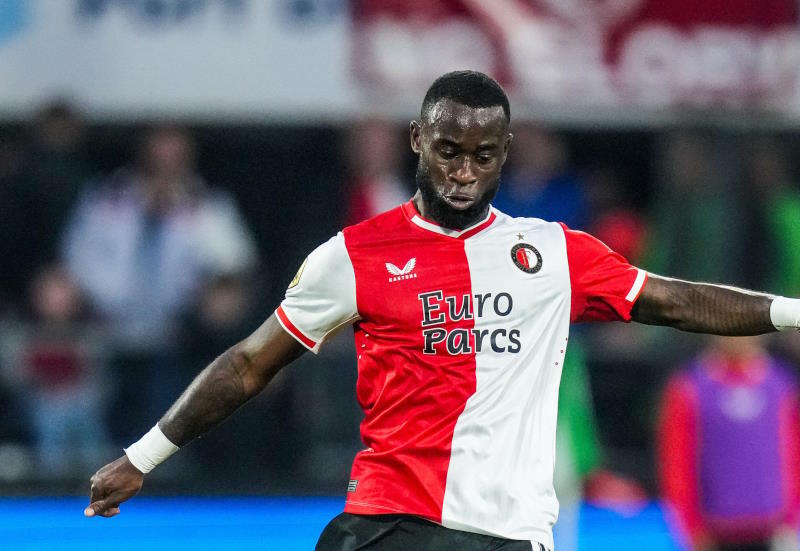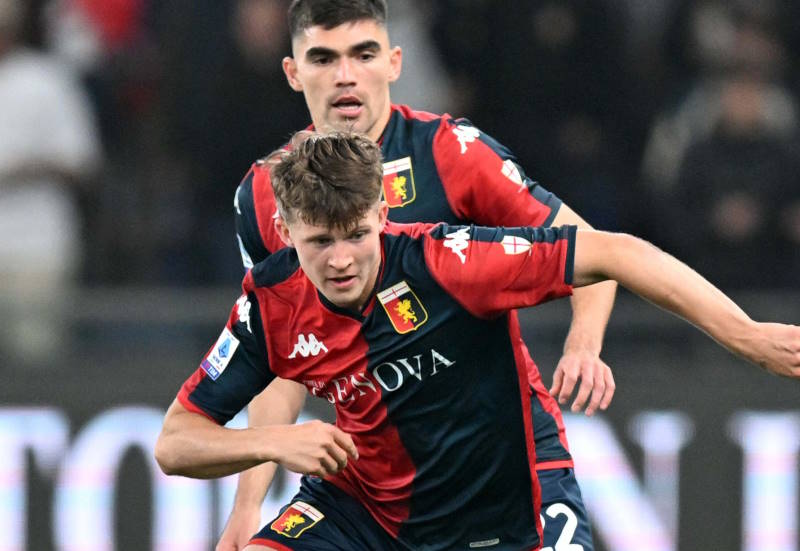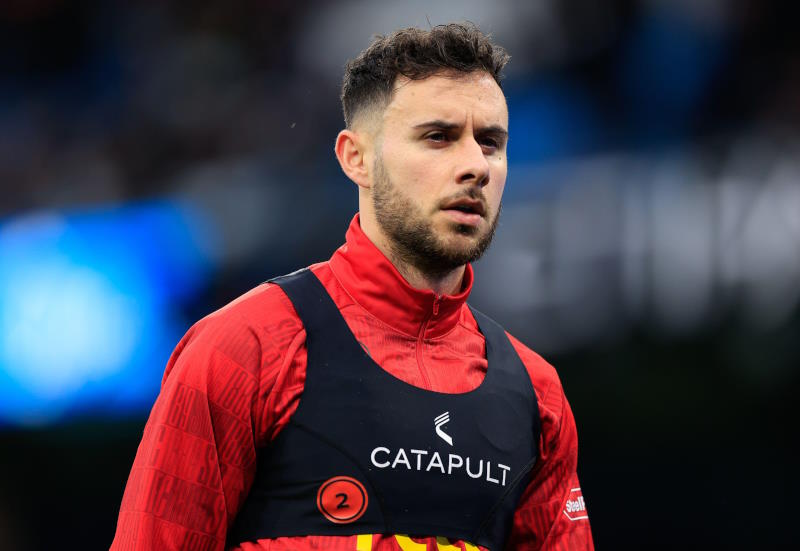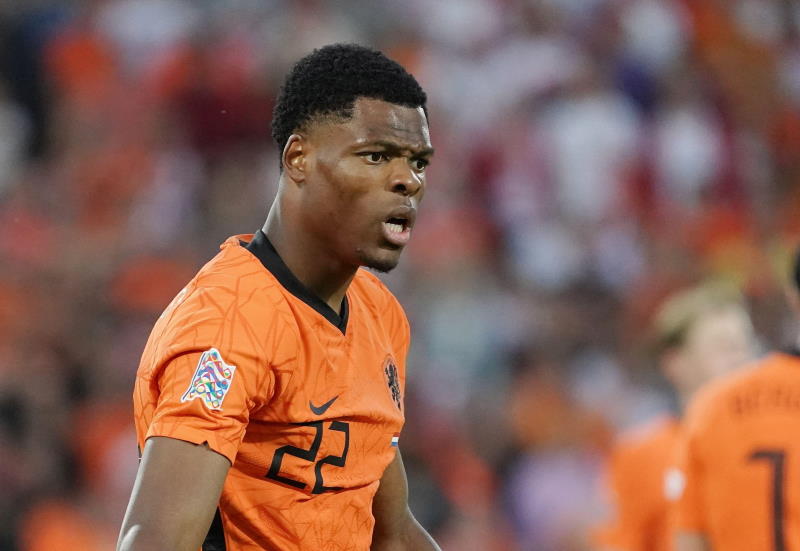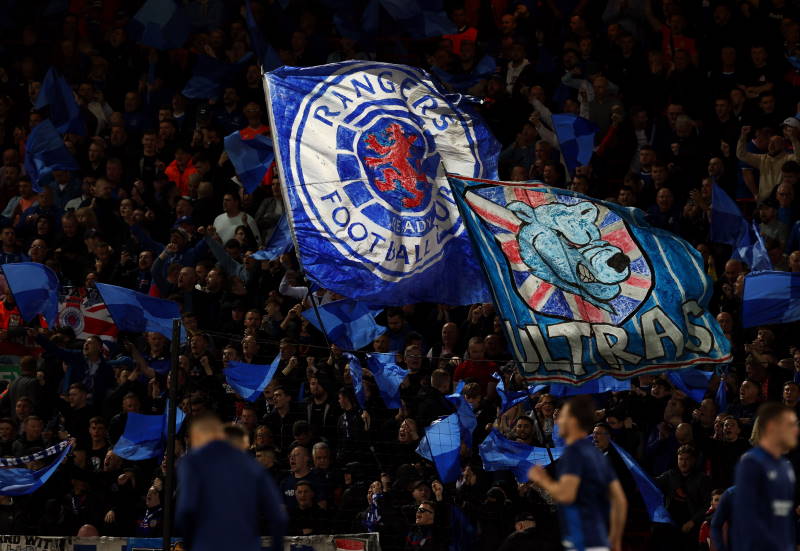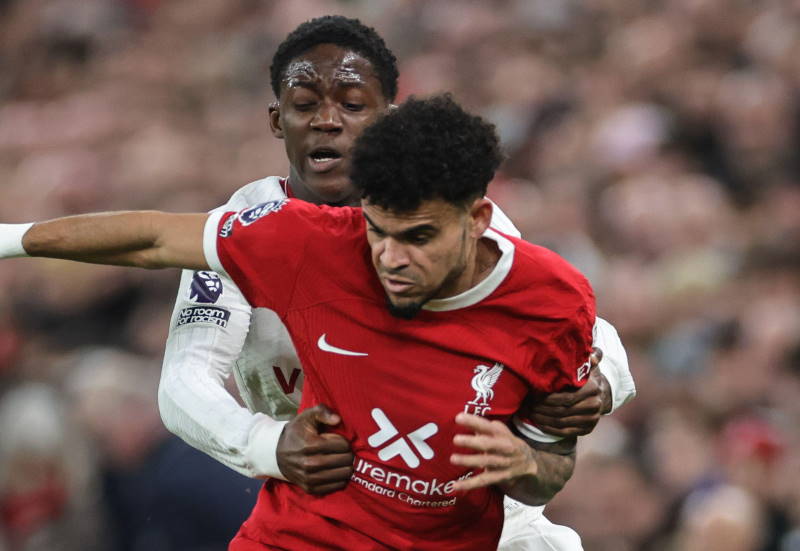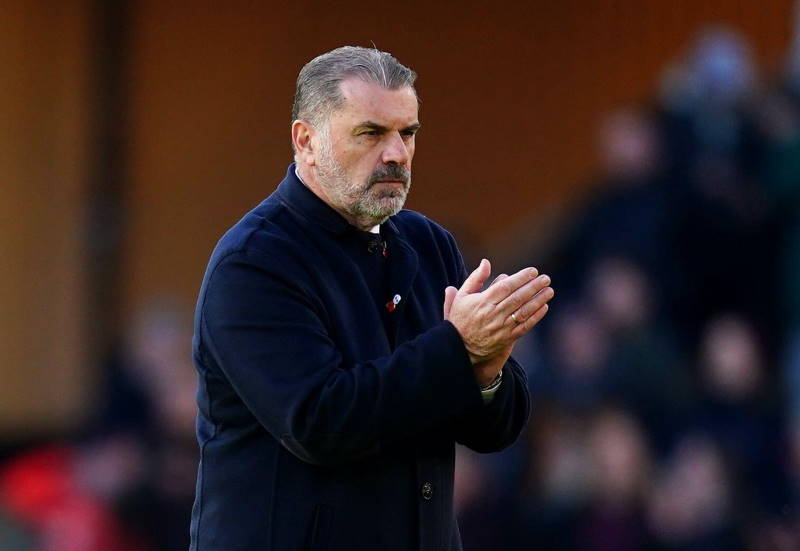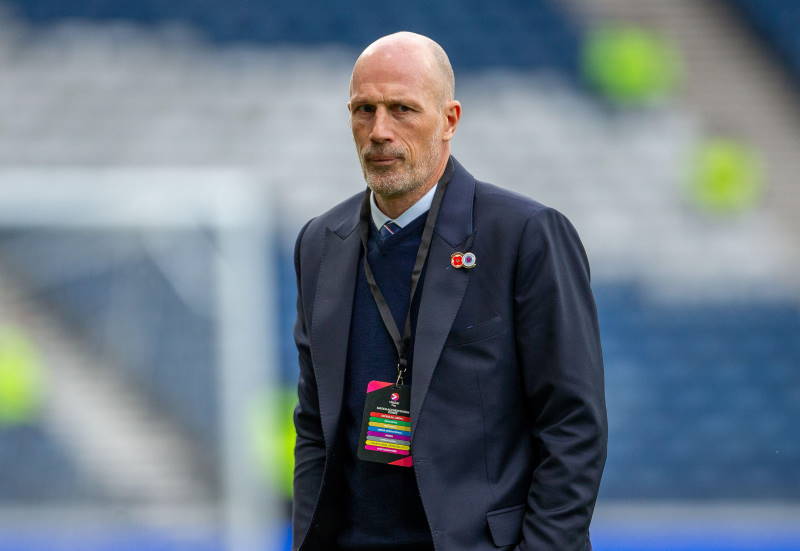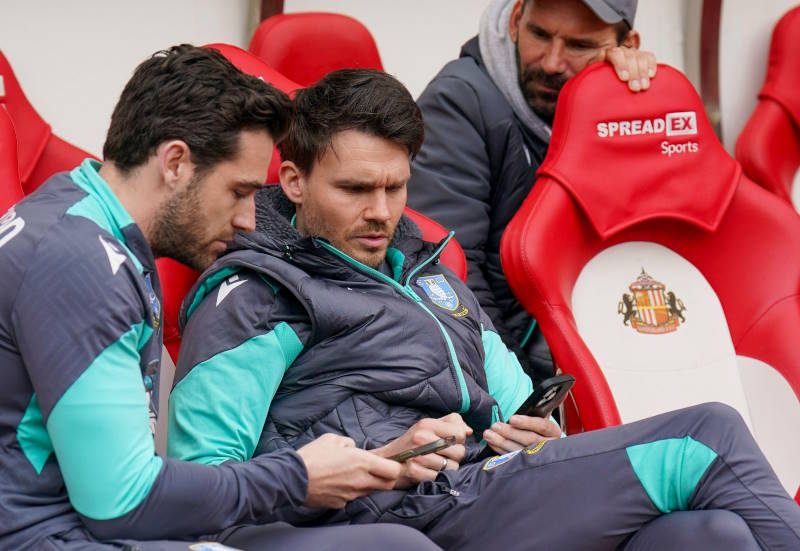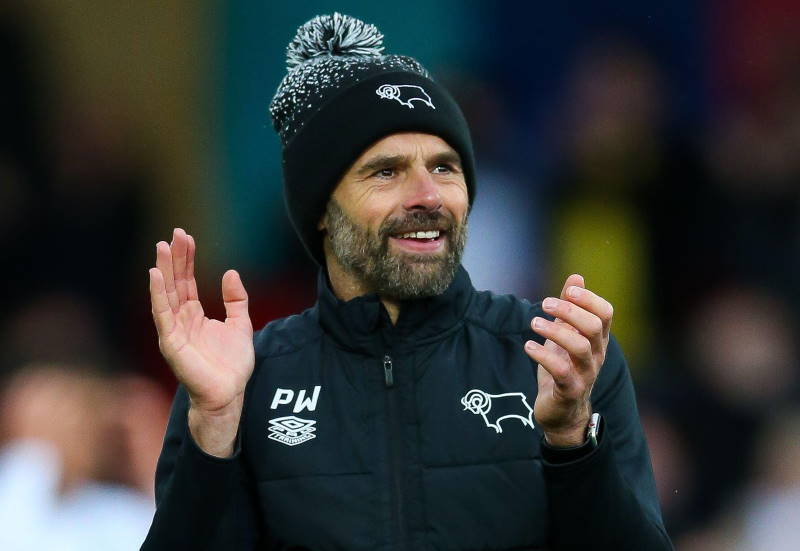
Matt Oldfield
A 100% start to the Premier League season is a dream come true for Mark Hughes and his expensive new Manchester City team. The talents appear to be gelling and the divas appear to be happy for now. However, below the surface a frustratingly familiar story is emerging.
Two years ago, the Manchester City youth system was the talk of the Premier League, with promising players such as Stephen Ireland and Micah Richards emerging from the factory line seemingly every month. Now, the blue half of Manchester is famous for a very different reason, which has cast a big shadow over the future of the club’s talented youngsters. After a £150M spending spree on eight players aged 25 or over, the emphasis seems to be on recruits who do not need to learn their trade from scratch. After all, there is no time to waste. So where does this leave the Manchester City Youth Academy? Sheikh Mansour, like Roman Abramovich before him, is manufacturing an immediate success story, and the youngsters are being ignored, at least for now.
The more experienced Ireland and Richards are the only young, home-grown players to feature at all in City’s first four official games this season. Competent youngsters such as Nedum Onuoha and Vladimir Weiss were not even risked in the Carling Cup Second Round match against Crystal Palace. Talented midfielder Michael Johnson faces a severe uphill battle to break back into the side when he returns from injury. And these are the only home-grown players that remain, despite the rich recent history of the youth academy. The club won the 2008 FA Youth Cup, comfortably beating Chelsea 4-2 in the final, and reached the semi-final of last year’s competition, only losing to eventual winners Arsenal. So where are all of these bright new talents? Daniel Sturridge and Ched Evans have been sold, while Joe Hart and others have been loaned out to make room for the likes of Carlos Tevez and Emmanuel Adebayor.
The example of Joe Hart is perhaps the most interesting of all. During Sven-Goran Eriksson’s time in Manchester, the former Shrewsbury Town stopper emerged as one of the most talented goalkeepers that England had produced in years. Hart’s progress was so rapid that he made his full England debut in 2008 and established himself as a regular for the Under-21s. The future looked extremely bright for the youngster and when Mark Hughes and the money arrived, most people thought a new goalkeeper would be the last item on City’s long shopping list. However, that was not the case.
In February 2009, 33-year-old Shay Given was paraded in front of City supporters as the new No.1. Hart was rightly dismayed and after warming the bench for the rest of the season, chose to join Birmingham City’s relegation fight. So what was the problem with Hart? He was just not yet the finished article. Ultimately, Hughes wanted a slightly better, more experienced, more reliable keeper. City’s treatment of Hart is a clear example of ambition gone too far at the expense of club harmony and long-term development. However, Manchester City youngsters should get used to such brutal treatment, if they wish to stick it out.
This is not what Mark Hughes promised, however, last year following the Arab takeover in September. Then, Hughes was quick to reassure everyone at Eastlands that the club’s good young players would not be ignored, despite the new-found money and possibilities that brought. Easy to say but not so easy to put into action in the face of success-hungry investors. One can hardly blame Hughes for failing to fulfil this obligation; the former Blackburn manager has one chance, one season to bring success to the City of Manchester Stadium. There is very little time or space for inconsistent youngsters this season; it is already-developed, reliable players like Gareth Barry and Kolo Toure that are needed if City are to qualify for next season’s Champions League and break the “big four” dominance in the Premier League. For now at least, youth must wait.
After all, loan deals mean that all is not lost. Young players certainly benefit from the physical experience of lower league football and come back better and stronger. At a young age, regular first-team football is crucial for development, whether at Manchester City or elsewhere. The worry though is how many of these youngsters will ever really return to Eastlands? As the Arab revolution gathers pace, the likelihood is that Hughes’ youth academy will simply become like that of City’s deadliest local rivals; a feeder for Championship and inferior Premier League sides, which occasionally produces a player worthy of remaining at the club. With limitless money, there is no need to develop players; they can be bought as the complete package for extortionate prices.
However, there is nothing like a home-grown hero. Also, the fear is that in five years time, Manchester City will be in the same situation as Chelsea now, with an ever-ageing team desperately seeking youth, pace and energy. Not that this will concern Mark Hughes or Sheikh Mansour right now; Adebayor is scoring goals, the defence is keeping clean sheets and the team are winning. That’s all that matters, right?
Latest Articles:

